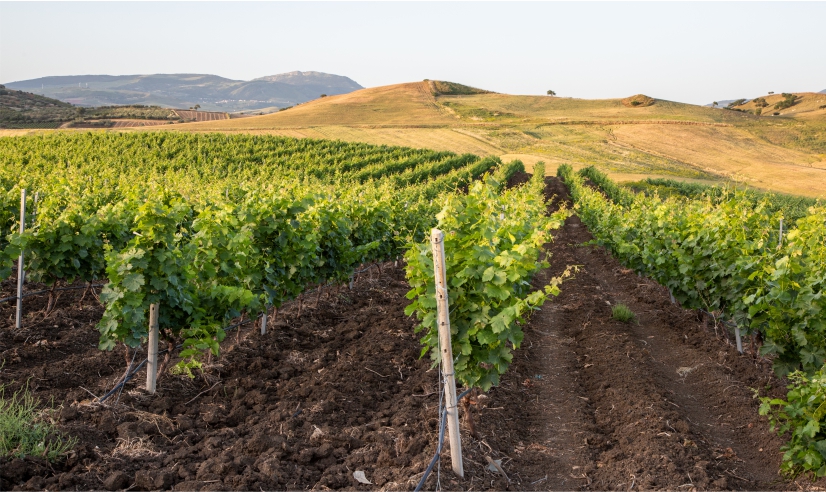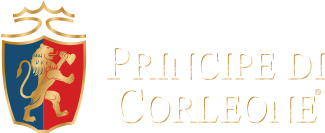
CORLEONE AND THE RURAL SOUL OF SICILY
Corleone is a captivating town in the heart of the Sicilian countryside which offers a kaleidoscope of wonders ranging from the architectural and artistic jewels of the city centre to the pristine natural beauty of the Ficuzza Woods and the enchanting Gorgo del Drago.
For one hundred and thirty years, the Pollara family has served as the vanguard of Corleone's identity within the world of wine. The town and the winery have formed an unbreakable bond, fusing together in a symbiotic relationship that encompasses social, economic, artistic, and tourist dimensions. Corleone's agricultural essence is not just evident in the exquisite wines crafted by the Principe di Corleone winery but also in the warm embrace of the local hospitality and tourism initiatives. Corleone's history is a rich tapestry, with chapters that include the struggles of the Sicilian Fasci and the allure of Hollywood myths which, alongside the cultural heritage and the natural beauties surrounding the town, have all contributed to the touristic growth of the past few decades.
AGRICULTURAL PRACTICES
Successful farming requires a combination of qualities, including sensitivity, experience, and a deep understanding of natural rhythms. This is particularly crucial for sustainable, long-lasting results.


The Monreale DOC (Controlled Designation of Origin) area is home to the majority of vineyards producing Principe di Corleone wines, and it boasts a historically rich climatic environment.
This area, which encompasses Corleone and a significant portion of the Palermo province, was once an integral part of the ancient and influential diocese of Monreale.The landscape of Corleone and its surrounding areas is characterized by a diverse terrain that includes hills, plains, and Mediterranean scrub forests. These lands possess unique climatic conditions that are exceptionally well-suited for viticulture, as it plays a substantial role in shaping the varietal characteristics of the grapes and, consequently, the wine they produce. Today, the Pollara family is committed to the preservation of the territory and place great value on the typicality of Monreale DOC wines. Principe di Corleone is at the forefront of efforts to safeguard this viticultural heritage, which is emblematic of the area's values and identity, as beautifully conveyed in the renowned labels of the winery’s Monreale DOC (Ridente Orlando).
BORGO SCHIRO'
Borgo Schirò, a quaint hamlet located just a few kilometers from Corleone, traces its origins back to the late 1930s. This charming village was established with a noble purpose: to provide local farmers with a place to reside in close proximity to the very lands they cultivated. This initiative aimed to prevent the abandonment of these fertile fields, ensuring their continued productivity. The village was dedicated to the memory of Giacomo Schirò, a courageous nineteen-year-old soldier who lost his life during those tumultuous years.











